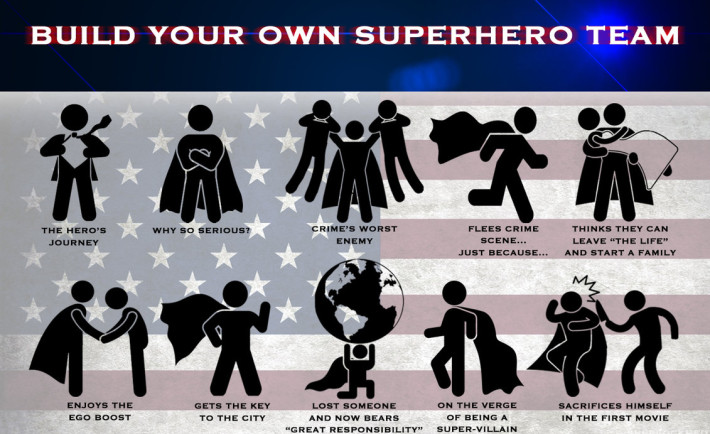This interview was conducted by Clark Buckner from TechnologyAdvice. They provide expert comparisons on the best hr software, strategic employee engagement software, innovative employee programs, and much more.
Claire Lew just wants people to become happier at work, so much so that she started a company to make that happen. KnowYourCompany.com has helped businesses like Kickstarter and Airbnb learn more about their employees. Lew talked about her company and a simple way to increase happiness at work while being interviewed at Converge FL.
When asked about a recent interview she did with The Iron Yard’s Gio Difeterici, Lew elaborated on a key point she made in that video: the success of a business lies within the success, and even the happiness, of its people. More than worrying about its products, services, competition, or customers, a business ought to concern itself with engaging its employees. When such a focus occurs, the rest should take care of itself.
<iframe width=”100%” height=”166″ scrolling=”no” frameborder=”no” src=”https://w.soundcloud.com/player/?url=https%3A//api.soundcloud.com/tracks/177832251&color=ff5500&auto_play=false&hide_related=false&show_comments=true&show_user=true&show_reposts=false”></iframe>
The Art of Truthful Feedback
One of the ways she believes companies can help engender a happier atmosphere is by learning how to offer better feedback. Such feedback doesn’t sugarcoat the truth; rather, it delivers constructive criticism in a thoughtful manner. Lew said that the following three questions can help any worker, whether a manager or an employee, learn how to provide better feedback that solves problems without sacrificing employee morale.
- What result do I want to see occur?
Know the ultimate result you want to see happen after offering your feedback. Without clearly knowing what outcome you want to see, getting the person who needs the feedback to also see the goal will be difficult. - How should the other person feel?
Lew smartly encourages people by ensuring that she talks about the problem, not the person. In other words, she’s careful to use phrases like “This is what the company means” or “From my perspective.” By doing that, she removes the focus from an employee’s skills or personality and onto the issue at hand. This makes the person feel empowered to actually make the change being requested. - What obstacles are in the way?
Such obstacles could be many in number, but they must be addressed before getting to a viable solution. For instance, if an employee always displays defensiveness when getting feedback, that hurdle has to be overcome before any real solutions to the problem at hand can be discovered.
Cheesin' at my first podcast interview with @ClarkBuckner @Technology_Adv in sunny Jacksonville #ConvergeFL! pic.twitter.com/CB8X0cET2S
— Claire Lew (@cjlew23) November 7, 2014
When giving feedback, Lew said that “you just have to be relentless about wanting to tell the truth, and you have to believe that it does no good to hold the truth it.”
While providing feedback can oftentimes be challenging, especially from one co-worker to another, utilizing Lew’s tips can help you give feedback that’s both helpful and increasing both you and your co-worker’s happiness.
To learn how your company might increase its employee happiness, visit KnowYourCompany.com or email claire[at]knowyourcompany.com. She can also be contacted on Twitter at @cjlew23 or @knowyourcompany.
***
This interview was provided by TechnologyAdvice, an Inc. 5000 company that connects buyers and sellers of business technology through meaningful relationships. Interview conducted by Clark Buckner.





